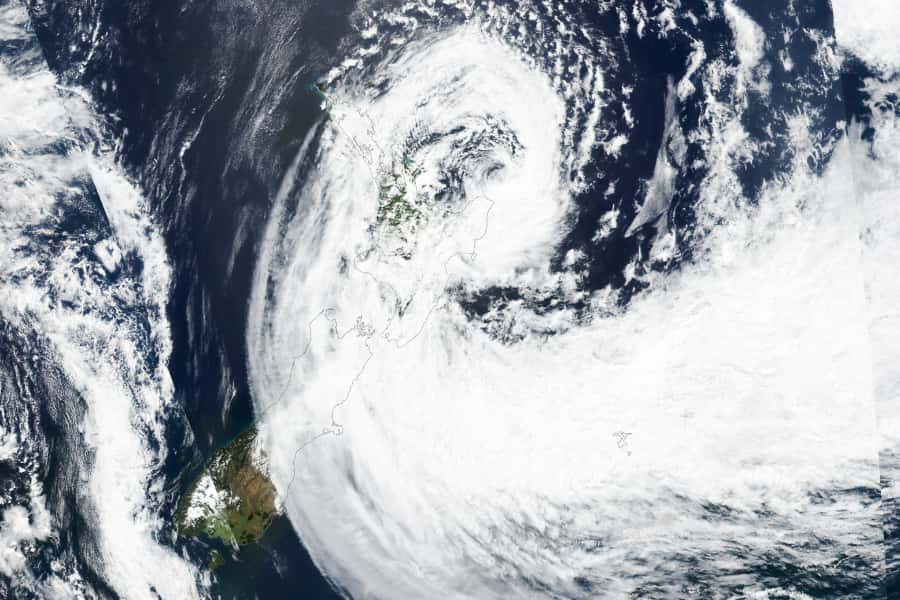Cyclone Gabrielle industry loss finalised 8% higher at NZ $2.174bn by PERILS

The insurance and reinsurance industry loss estimate for Cyclone Gabrielle’s impacts in New Zealand has now been finalised by PERILS AG, but not without a further almost 8% increase to the quantum of the insured losses, which now sits at NZ $2.174 billion.
Cyclone Gabrielle drove torreantial rainfall and strong winds to the North Island of New Zealand between February 11th and 17th 2023 and was one of the most significant property insurance losses ever experienced in the country.
Catastrophe loss data aggregator PERILS first estimated an industry loss of NZ $1.543 billion for the cyclone, back at the end of March 2023, just under US $1 billion at the time.
PERILS then raised the insured loss estimate by 25% to reach NZ $1.925 billion, just over US $1.2 billion at the time.
Almost 5% more was added to the total in August 2023, taking the total insurance market loss estimate for Cyclone Gabrielle to NZ $2.018 billion.
Now, the industry loss estimate has been finalised at NZ $2.174 billion, which would have been almost $1.38 billion in US dollars at the time of the loss.
The industry loss estimate rose by 41% over the course of the year since the storm struck New Zealand, again reflecting the complexity and challenges in estimating insurance industry loss quantum’s.
PERILS said that the finalised industry loss is made up of personal lines property losses which represent 51% and commercial lines property losses representing 49% of the total insurance industry loss.
A number of insurers made reinsurance recoveries due to the combined impacts of cyclone Gabrielle and the severe flooding that affected Auckland and surrounding areas of New Zealand earlier last year.
The two events combined are now estimated to have resulted in at least $4.174 billion of insurance market losses, with the latest estimate for the Auckland floods having been almost $2 billion.






